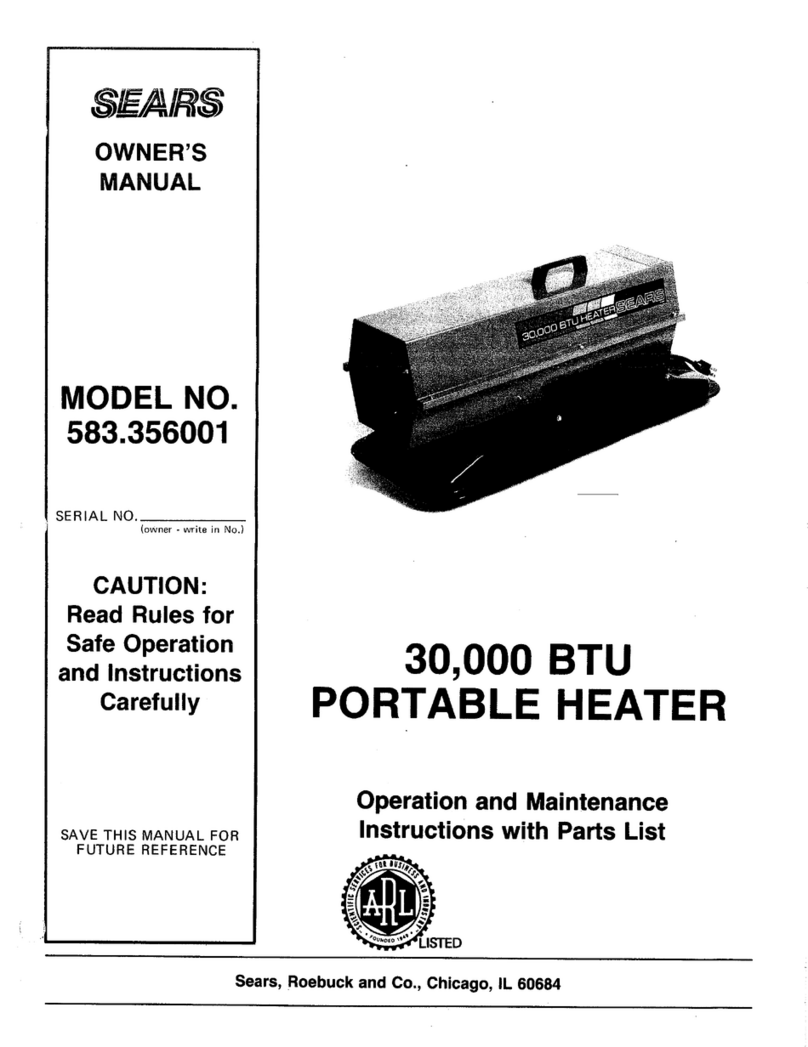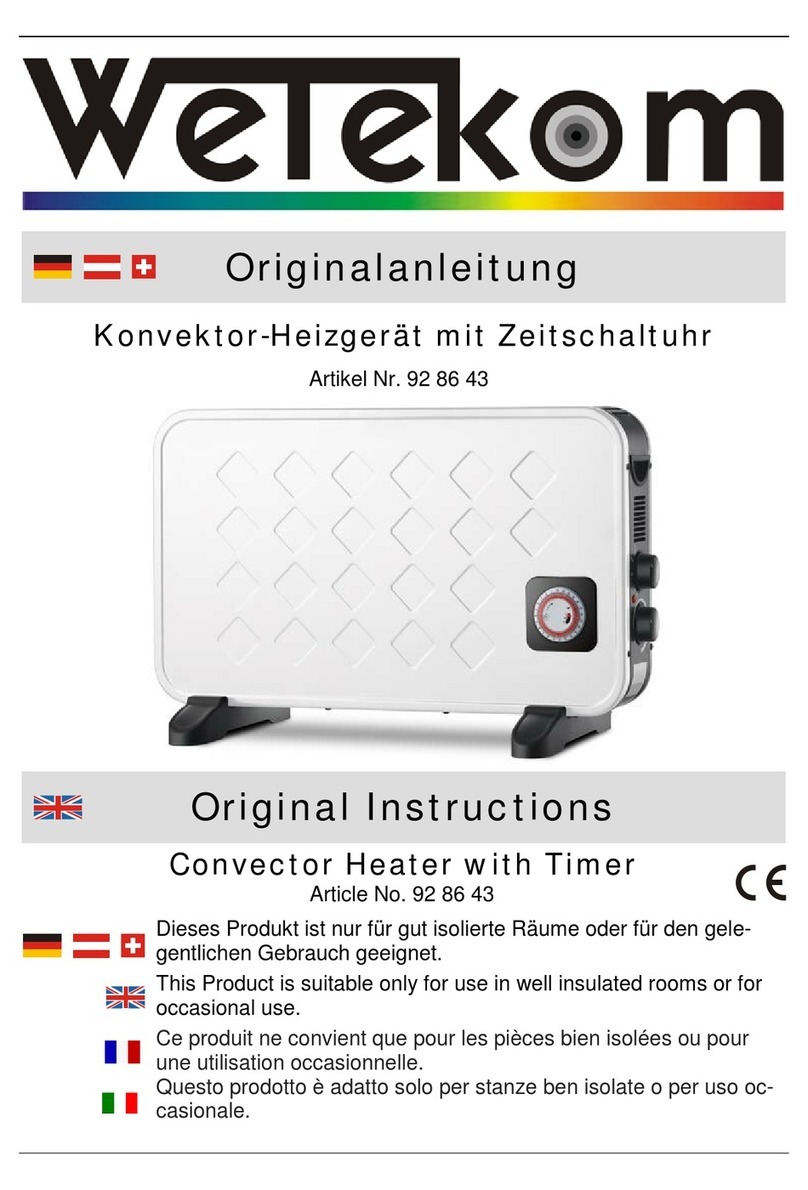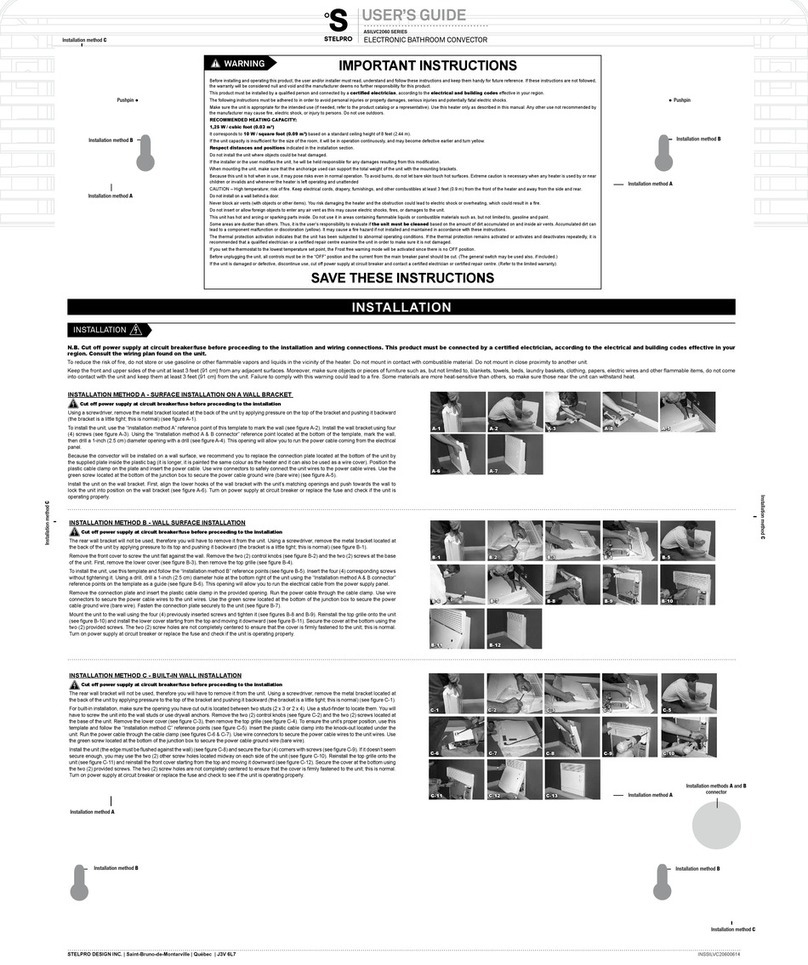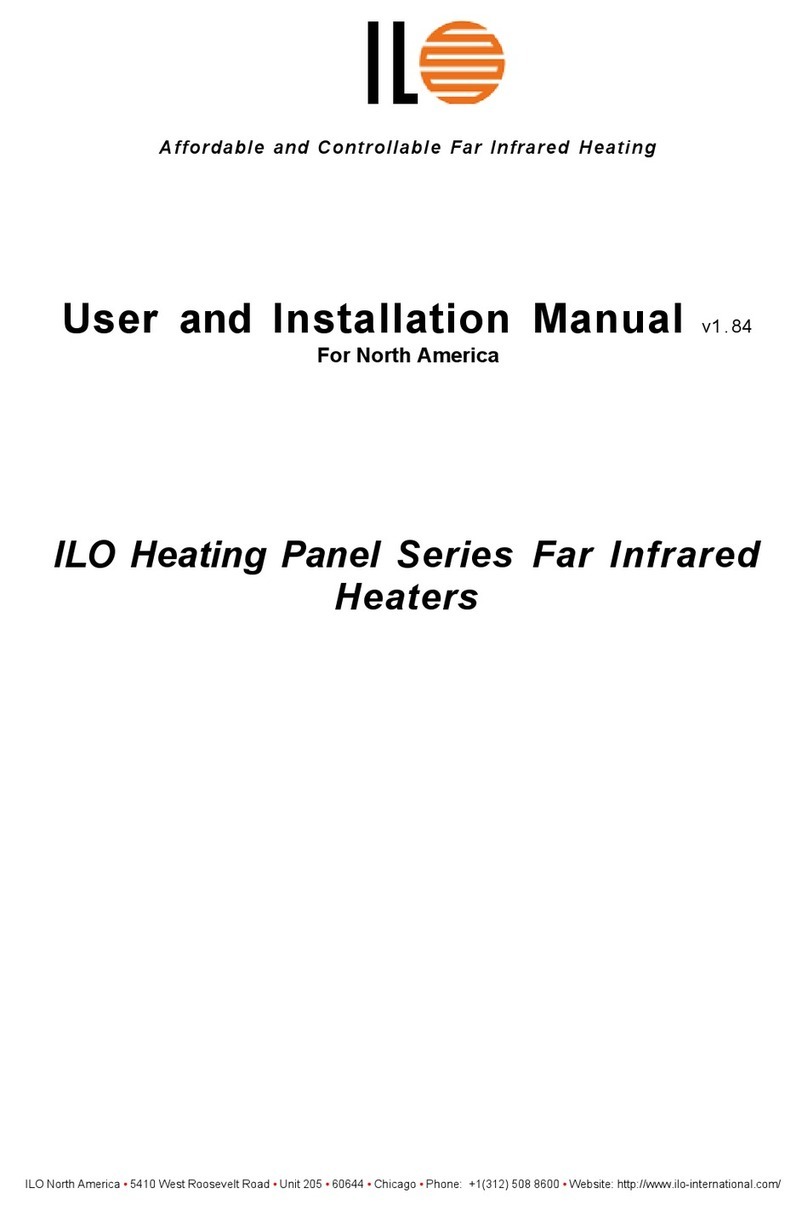Sears 583.356010 User manual
Other Sears Heater manuals

Sears
Sears 583.400051 User manual

Sears
Sears 583.409910 Troubleshooting guide
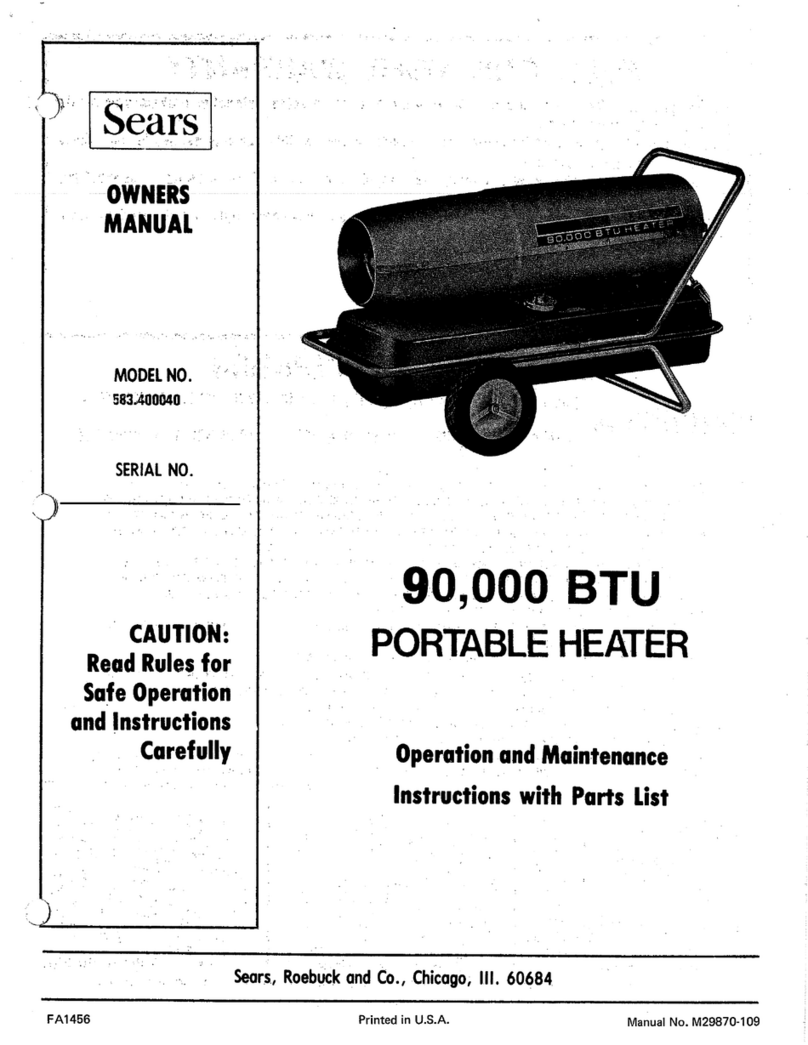
Sears
Sears 583.400040 User manual

Sears
Sears 583.356030 User manual

Sears
Sears 583.756700 User manual

Sears
Sears 583.409110 Installation guide

Sears
Sears 583.356031 Troubleshooting guide
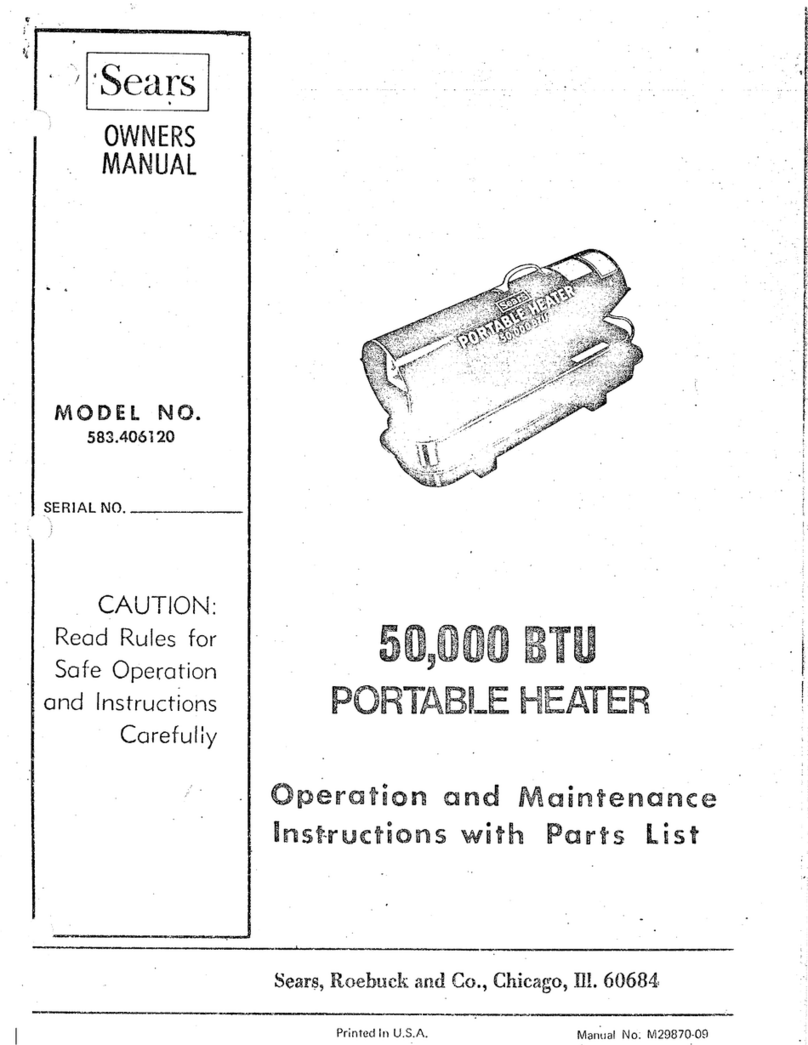
Sears
Sears 583.406120 User manual

Sears
Sears 583.756700 User manual

Sears
Sears 583.356500 User manual
Popular Heater manuals by other brands

oventrop
oventrop Regucor Series quick start guide

Blaze King
Blaze King CLARITY CL2118.IPI.1 Operation & installation manual

ELMEKO
ELMEKO ML 150 Installation and operating manual

BN Thermic
BN Thermic 830T instructions

KING
KING K Series Installation, operation & maintenance instructions

Empire Comfort Systems
Empire Comfort Systems RH-50-5 Installation instructions and owner's manual

Well Straler
Well Straler RC-16B user guide

EUROM
EUROM 333299 instruction manual
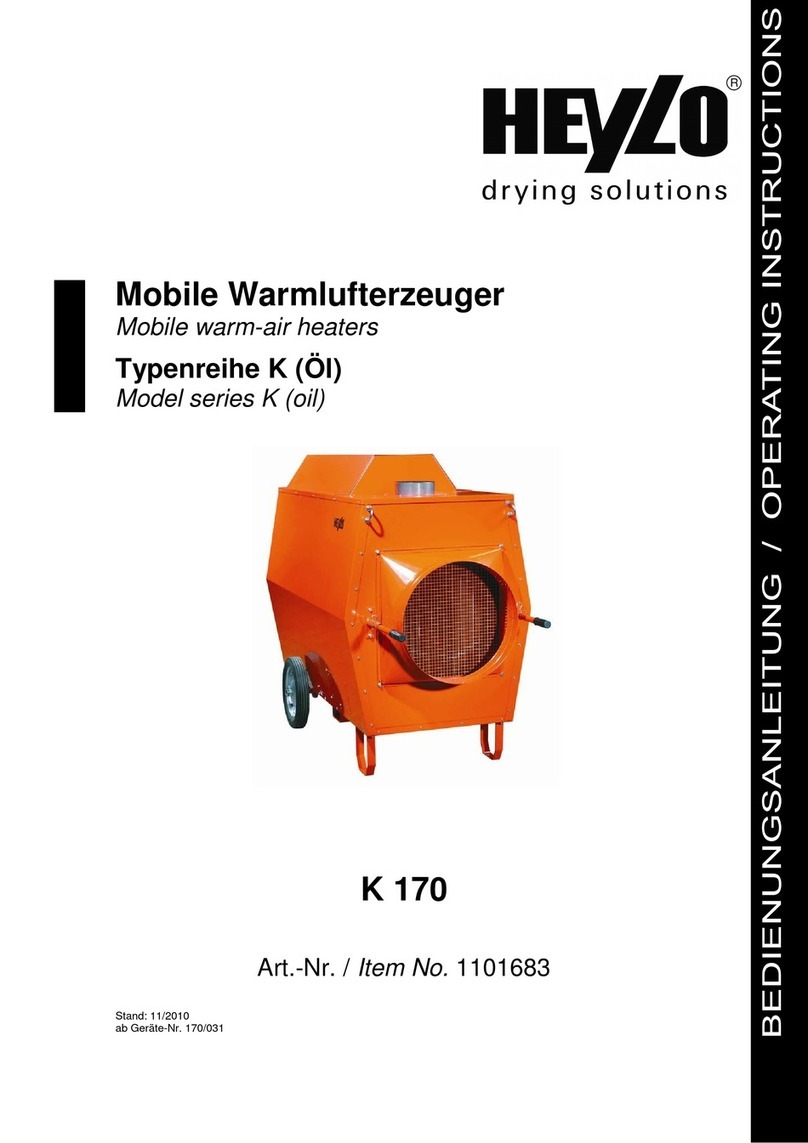
Heylo
Heylo K 170 operating instructions
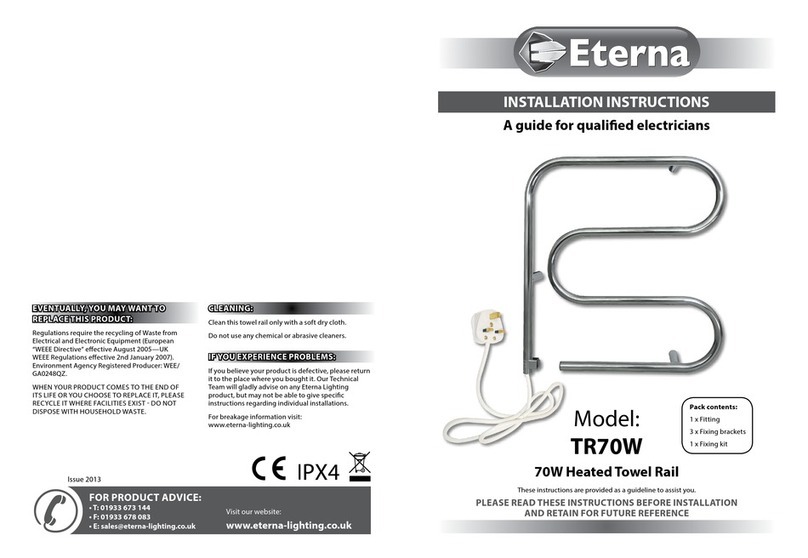
Eterna
Eterna TR70W installation instructions

Clarke
Clarke GRH15 Operation & maintenance instructions

Empire Heating Systems
Empire Heating Systems WCC65 Installation and owner's instructions



